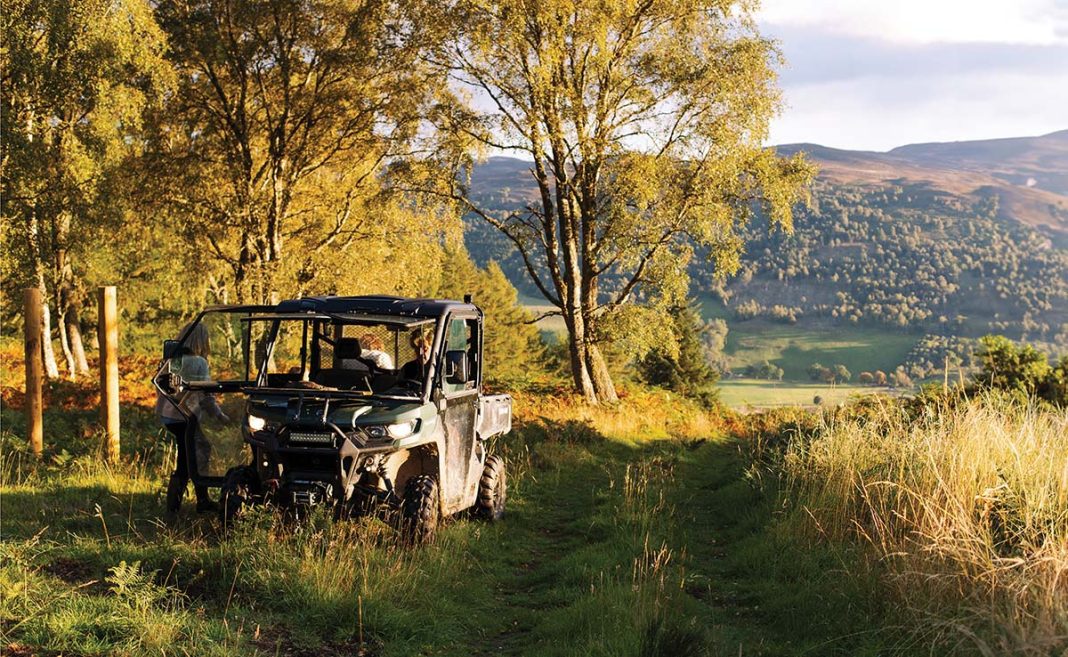New shoots of life are springing up in Highland Perthshire thanks to Hamish and Liberty Martin’s response to the call of the wild
If ever you need reminding that tomatoes are a fruit, eat one that has been cultivated by Hamish Martin. His greenhouse is filled with the kind that erupt with a juice sweeter than strawberries the moment their flesh is pierced. The secret, he says, is that his garden is a happy one. “It’s humming with life,” he explains, watering the plants in his favourite kilt and a pair of Crocs. “I view it as an extension of my own being; a place where I can paint my own personality.”

This garden is not the one for which Hamish is best known. Not yet, anyway.
Until a few years ago, he and his wife Liberty ran the Secret Herb Garden in Edinburgh, a herb nursery, café, shop and gin distillery that the pair had dreamed up while on their first date – a walk with their three dogs – in 2011.
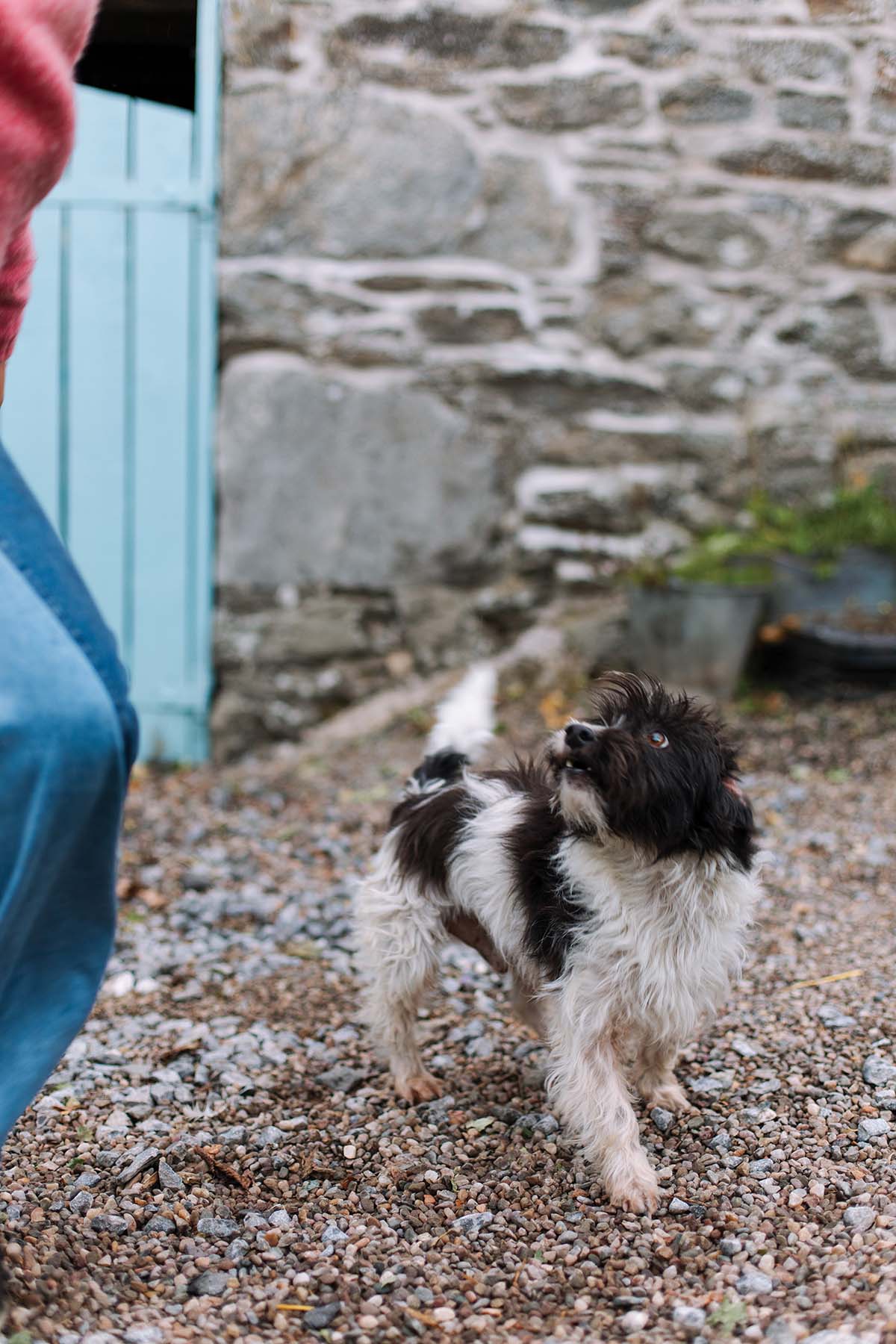
“We were chatting about what we actually wanted to do for a living,” recalls Liberty, who then worked for a bank. “Hamish was a wine merchant [at Inverarity Vaults, the business he founded with his late father Ronnie] but wanted to grow plants, and I loved the idea of having a café and doing up vintage furniture. So the bare bones of the Secret Herb Garden were formed.”
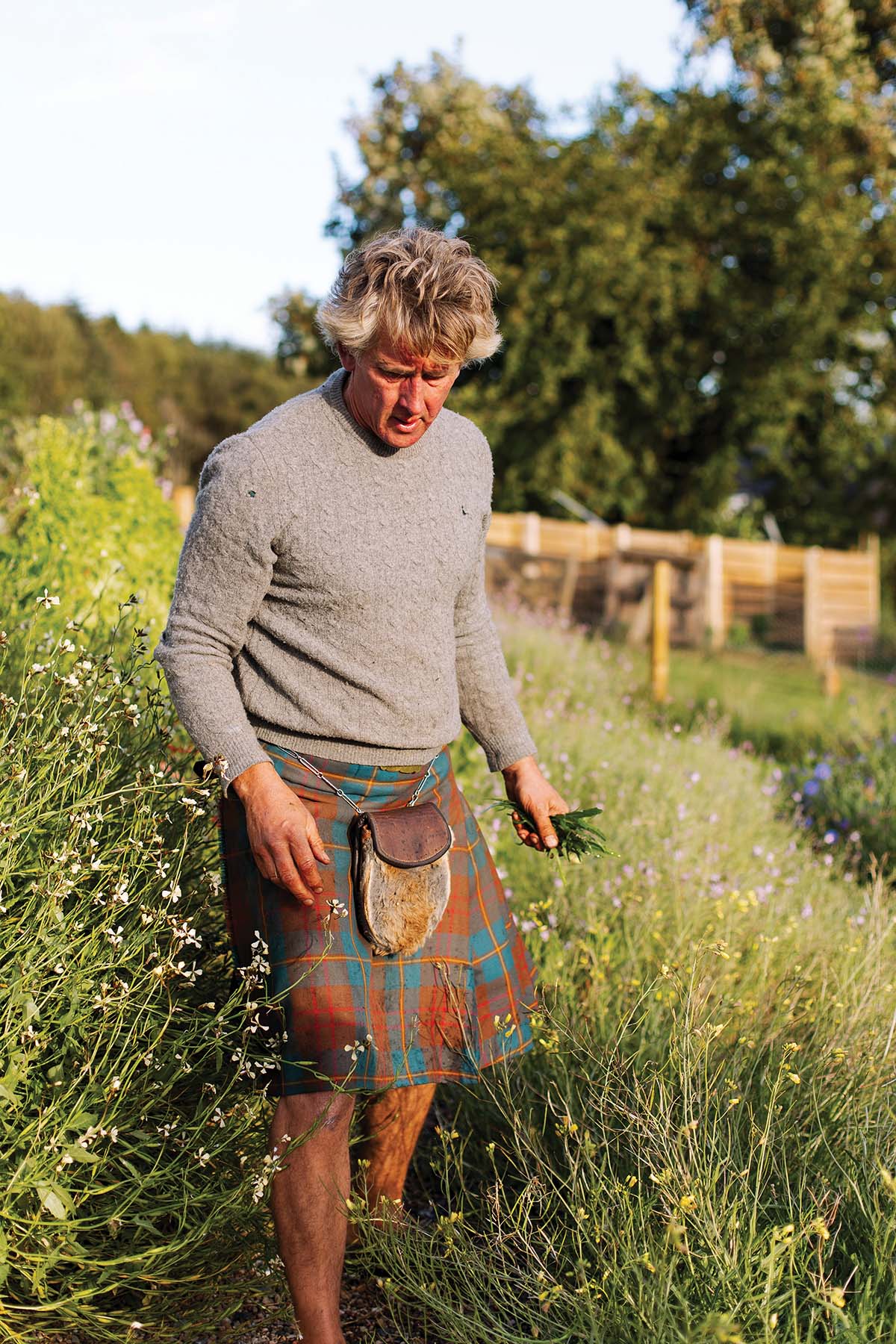
Within a year, the couple had moved in together along with Hamish’s three children, Rory, Nicholas and Francesca, Hamish gained a diploma in herbology from the Royal Botanic Garden Edinburgh, and the couple bought a derelict greenhouse overflowing with wildflowers that came with seven acres of land. “The universe obviously had a plan,” laughs Liberty. Over the decade that followed, they had two girls, Violet and May, added another two dogs, a cat and an owl to their brood, and saw their business flourish into one that during peak seasons employed a 50-strong team.
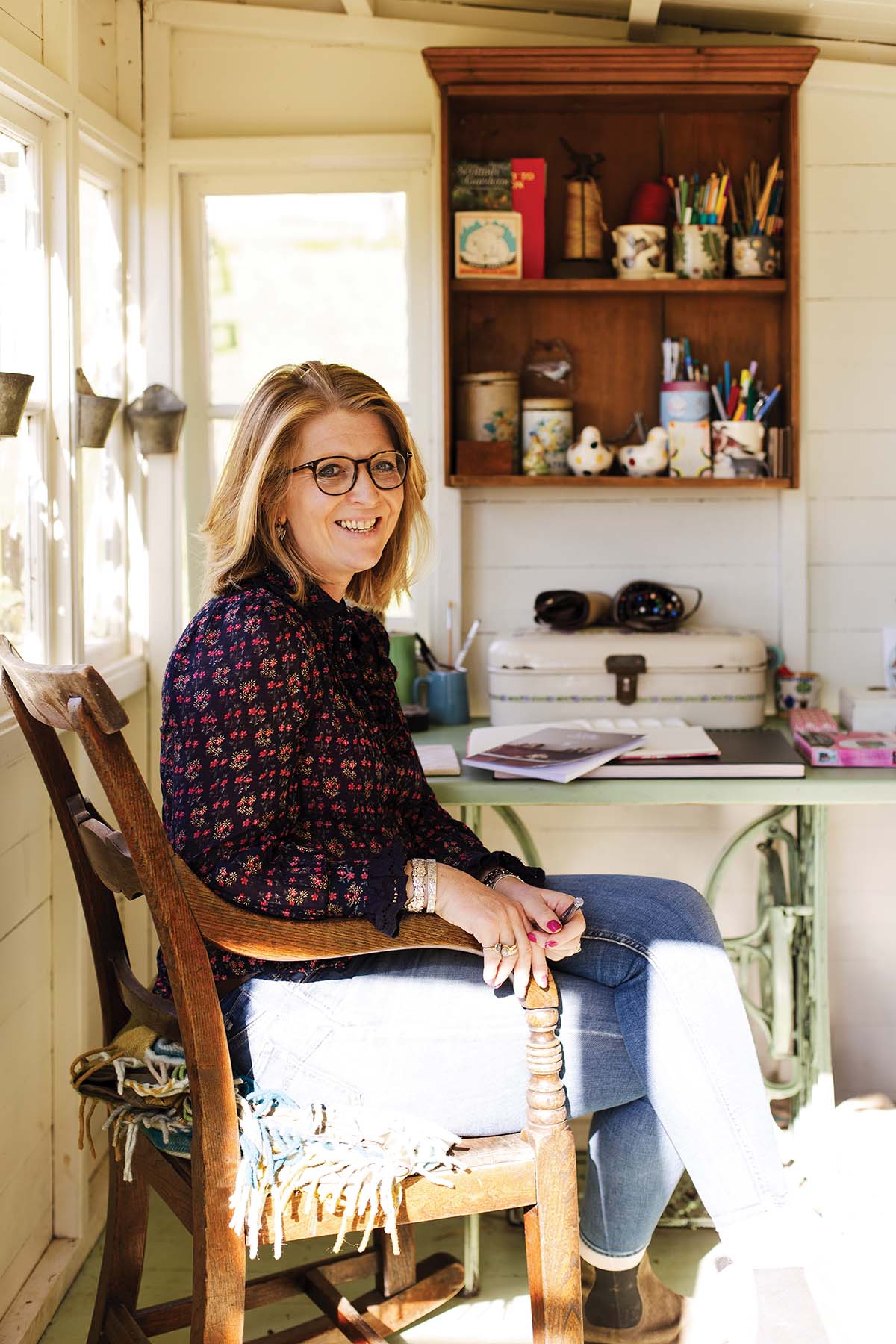
A few years ago, once the older kids had all set off for university, Hamish and Liberty saw an opportunity to reconnect with nature. They sold the business and upped sticks to a cottage in Highland Perthshire that came with a crop of outbuildings and 225 acres of land. “As soon as we got here, I felt like I could breathe again,” says Hamish. “It is where we are meant to be.”
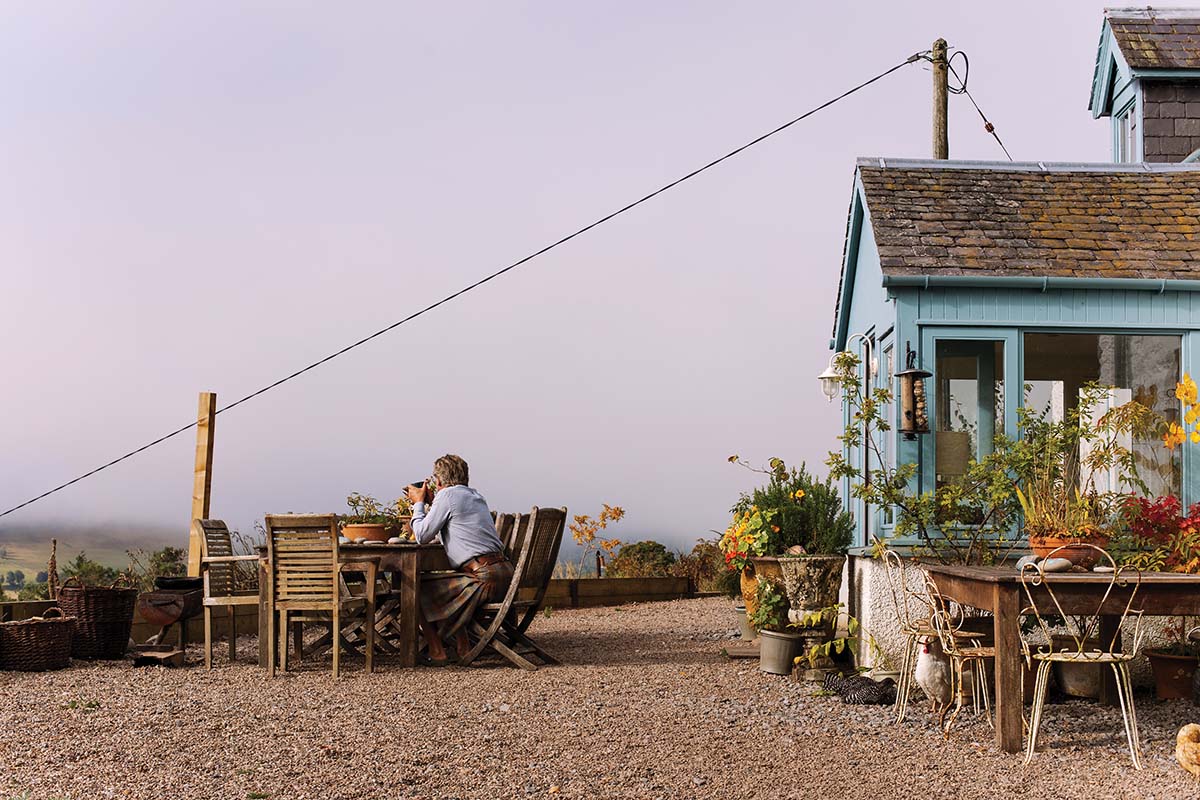
It is here that Hamish and Liberty have sown the seeds of a new venture, Call of the Wild. It can’t be neatly pigeonholed – nor would they want it to be – but it is rooted in a deep desire to nurture and reinvigorate their beautiful surroundings.
Already, the couple have created wetlands to provide the Northern damselfly, a rare and delicate species, with its most southerly breeding ground.

The barren grazing fields are being planted with 10,000 trees using the Miyawaki method, a forest generation process that encourages speedy tree growth and wild corridors in which a diverse ecosystem of insects and native wildlife can thrive.
Invasive Sitka spruce trees, which aren’t indigenous, have been cleared to safeguard the ancient native Caledonian ‘granny’ pines. Hamish is reluctant to term it rewilding, preferring to describe it as “an invitation to nature”. “It’s about protecting what we’ve got, but also bringing people on that journey with us and letting them experience and gain knowledge about it,” explains Liberty.

Visitors to Call of the Wild can partake in a range of immersive, educational experiences, such as a nature-reconnection excursion where they are taken to the top of the nearby hill by Hamish, an animated raconteur, to discover the flora, fauna and history of the area while encircled by majestic pines, one of which is around 750 years old. “It is like entering a door to Narnia,” says Liberty. “There’s something unbelievably magical and special about it.”
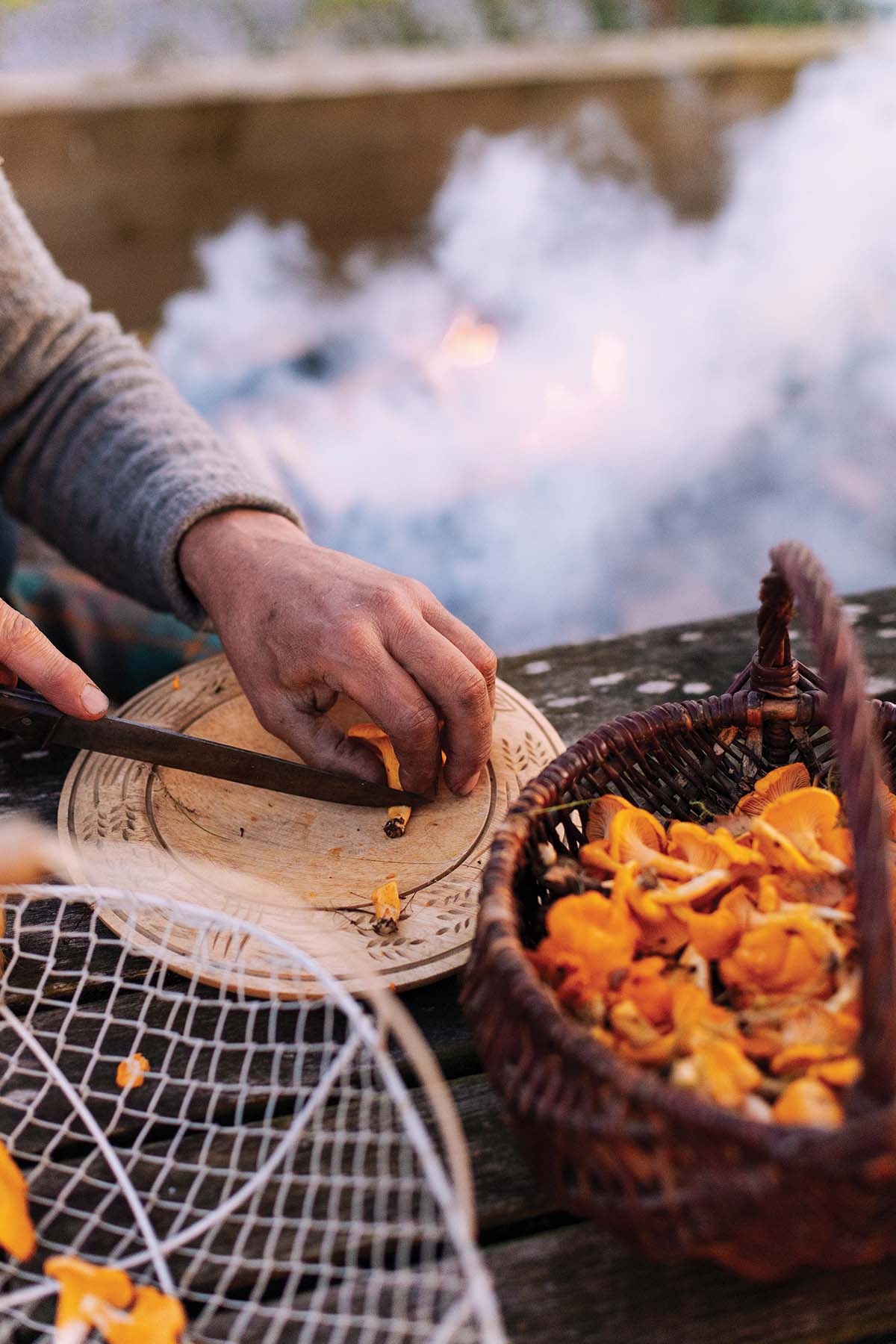
There’s also a herbal tea-making experience, and courses centred around holistic vegetable-growing, foraging, flower arranging and creating a home apothecary.
A pop-up shop, open by appointment, sells tea and candles, and Hamish has collaborated with his son Nicholas on Highland Outfitters, a collection of kilts and Highland wear.
Liberty, an accomplished cook, whips up lunch for visitors using garden-grown produce. There’s a rustic shepherd’s hut to stay the night in.
The business is growing organically, and in a way that feels sustainable. It comes instinctively to Hamish and Liberty, because this is how they live. They eat from the land.
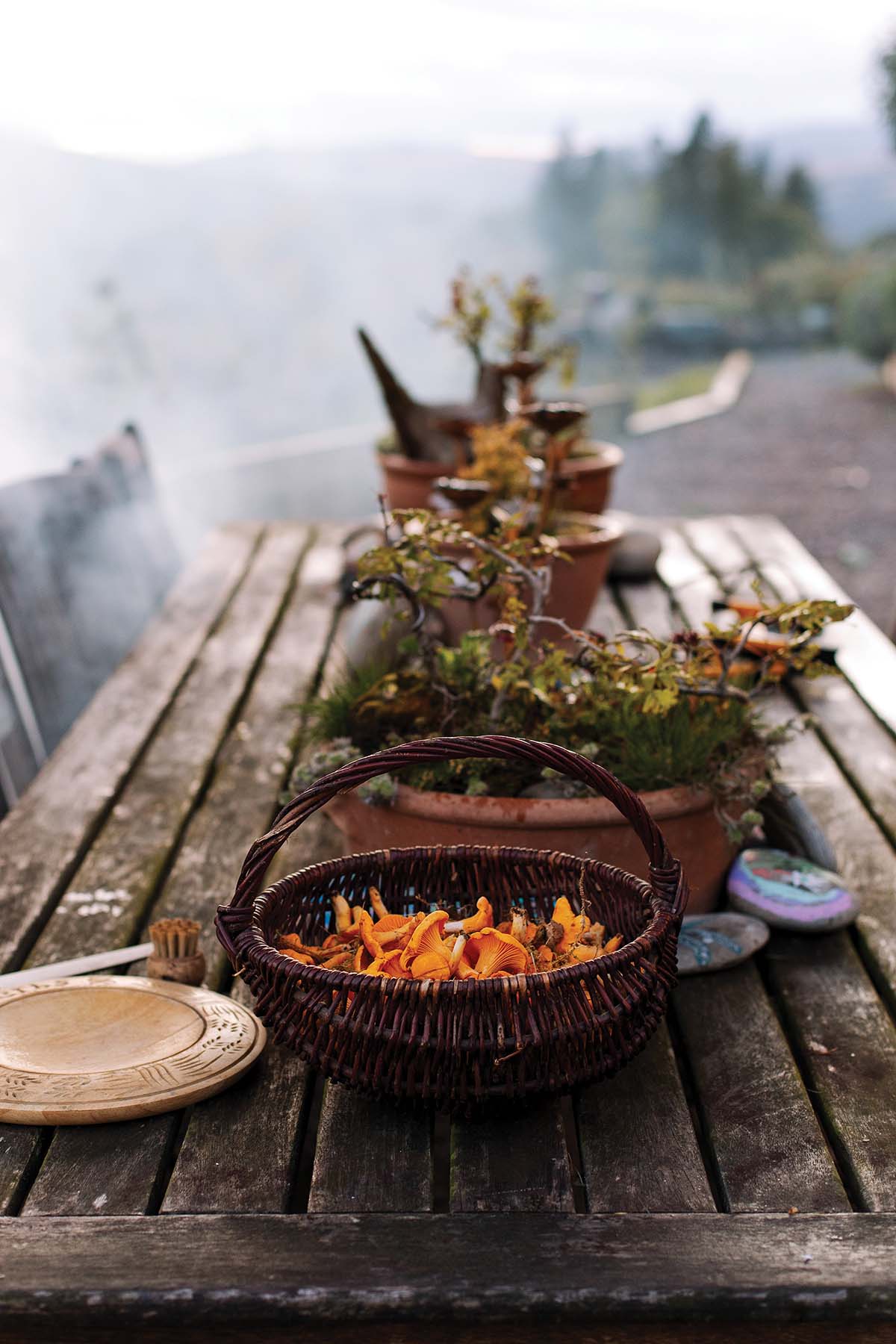
Their cottage is cosy and homely, the shelves stacked with floral china plates, antiques and ornaments picked up on charity-shop trawls. Liberty is one of life’s natural homemakers, filling vases with freshly cut flowers, layering the sofas and chairs with tartan blankets and cheery jumbles of cushions.
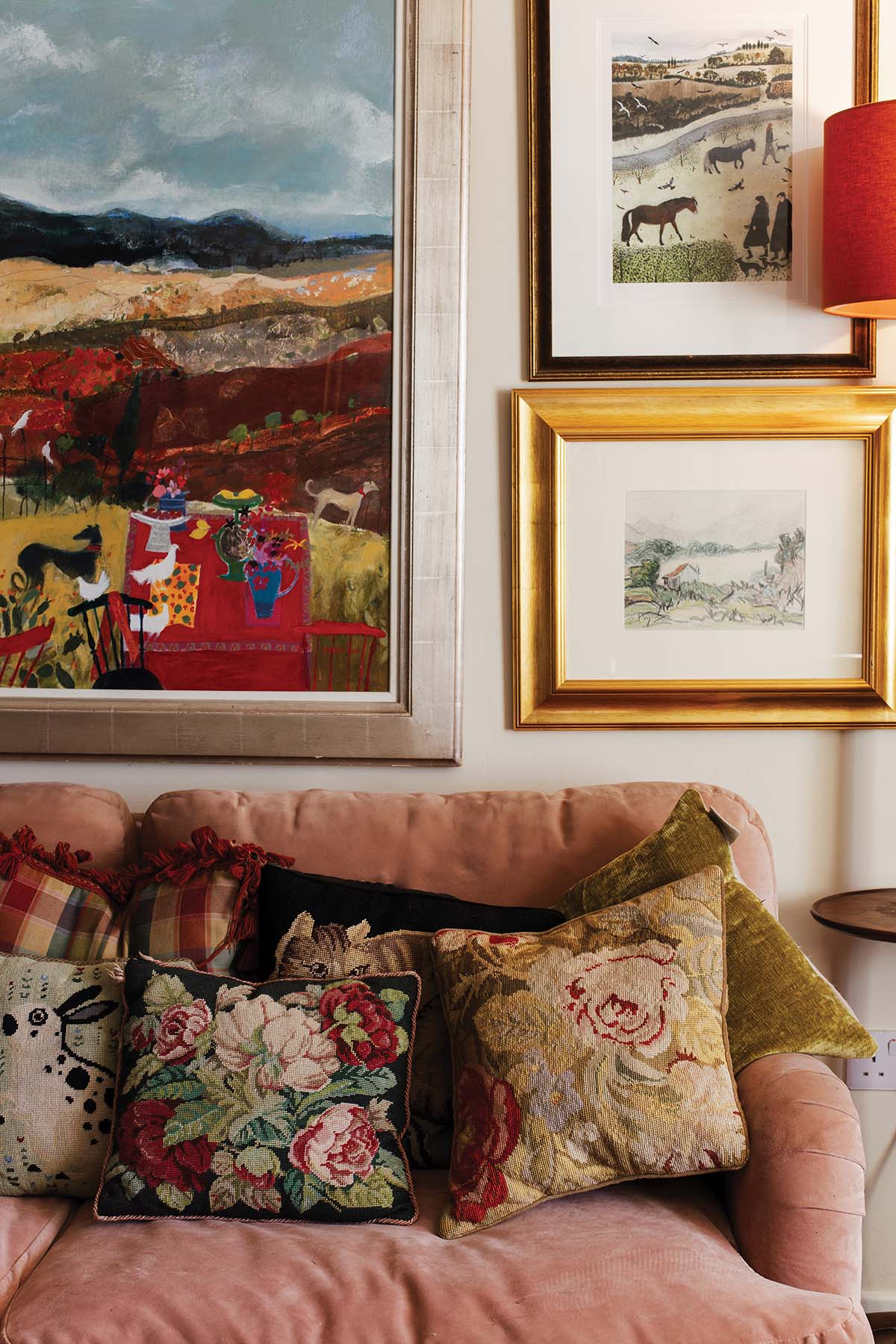
The family don’t watch much TV, and Hamish confesses to avoiding the news. He wouldn’t engage in a debate about politics, but ask him what he thinks of ragwort and he’ll deliver an impassioned speech. “It has been unfairly persecuted as poisonous when it’s one of our highest nectar-producing plants,” he says. “People forget that animals aren’t silly. A deer knows where and when to eat its food. Sheep don’t eat ragwort because they have intelligence of body, something we have lost.”
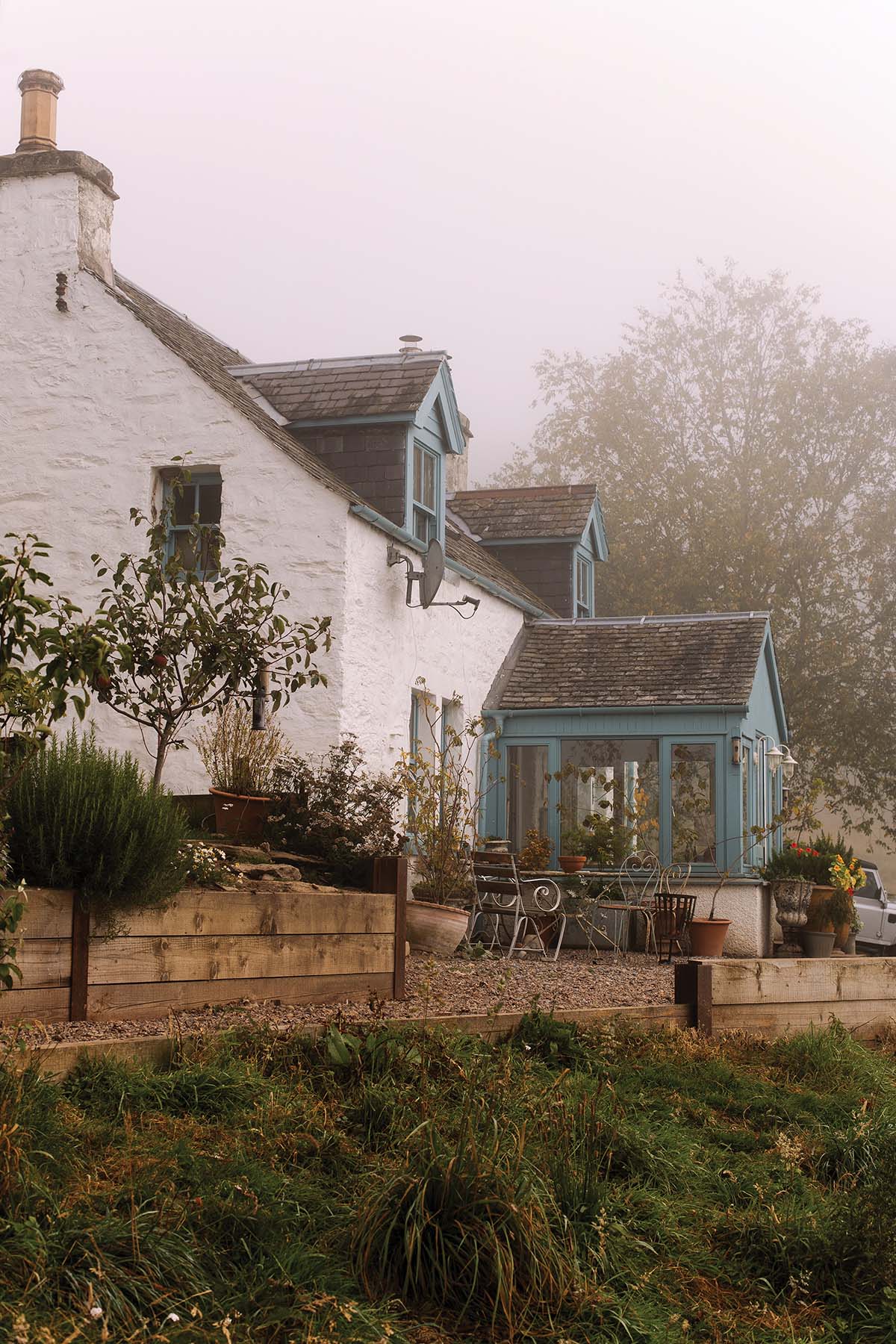
It is rather ironic that despite his preference for an offscreen life, Hamish has become a social media sensation. Call of the Wild’s Instagram account has more than 106,000 followers who appreciate his earnest enthusiasm and encyclopaedic knowledge.
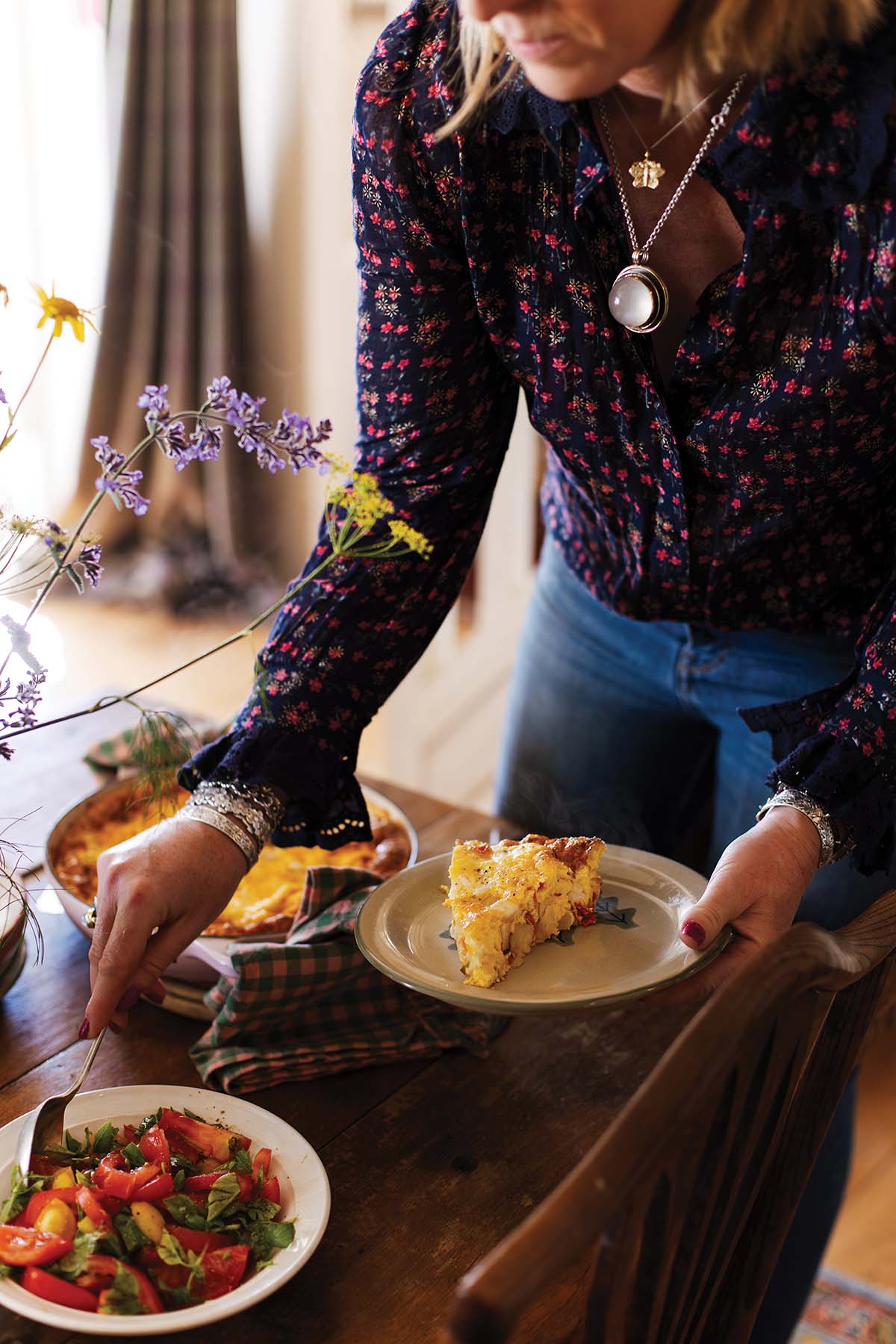
He and Liberty may not be able to measure the impact they’ve made on others, but all they need to do is step outside to see how their role as custodians of this land is creating new shoots of life. “This was bare earth six months ago,” says Hamish, walking me through the garden, now shimmering with colour and movement. “Nature is the most amazing guest. All it takes is a small gesture for her to visit and see what you’re giving, then she will give back in abundance. It’s absolutely amazing.”
Visit the Call of the Wild website | Follow Call of the Wild on Instagram | Follow the Call of the Wild on Facebook
This Life: Katy Rodger on her life as an interior designer on Knockraich Farm


